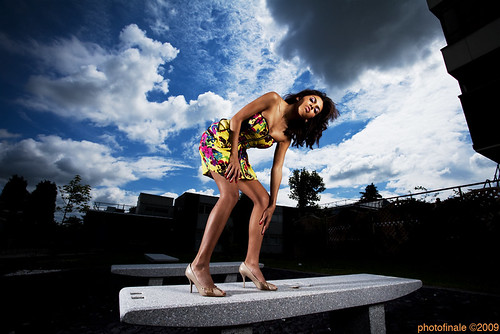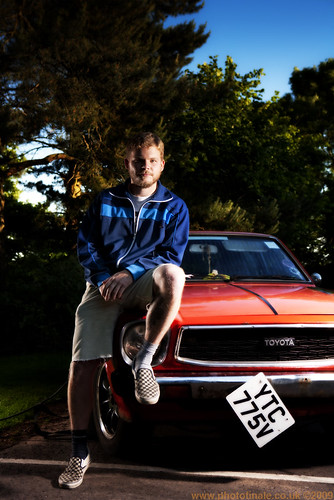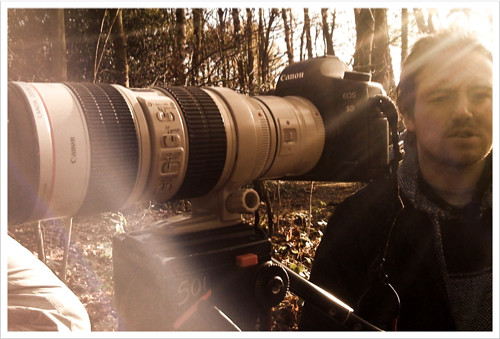mr chop
cameraman editor photographer
Friday, December 18, 2009
2009 photography
Thursday, December 10, 2009
2009 a year of transitional video production!
Thursday, November 19, 2009
Inertia flatland BMX promo film
Saturday, November 14, 2009
shooting the woods a film by Dan Craddock
Thursday, October 15, 2009
HDV to SD DVD new work flow!
Sunday, October 11, 2009
HDV 1080I to SD DVD
Wednesday, September 2, 2009
HDV to DV in final cut pro
Late 2008 I started working in HDV since then I haven’t done any thing in DV how ever recently I was asked to convert HDV to DV and this is how I did it. There seems to be more than one way I was on a tight deadline and this was the first method that worked.
6 min film on the time line in fcp. The source material was spread of 2 1Tb drives I don’t know if this had any thing to do with some of the problems I encountered.
The footage was shot in HDV edited in HDV the render sitting for the sequence was set to proress 422.
The computer is a late 08 macbook pro.
First method, exporting it form the time line as a QuickTime movie by going file>export quicktime movie.
Checked the make self-contained.
In the settings selected PAL DV anamorphic.
Opened a new project and imported the clip. Dragged and dropped the clip on to the time line but found when playing it back it appeared the filed order was wrong and gave it a bad jittery look. HDV has upper filed dominance DV pal has lower field dominance so for some reason the conversion wasn’t working.
Back to the original sequence and exported a self-contained movie using the sequence settings. This produced a HDV clip. I then made a new project and imported the clip. I dropped it on to the time line and exported a self contained QuickTime file. In the settings option I selected DV PAL 48Khz anamorphic.

I created a new project and set the settings to DV PAL 48Khz anamorphic. I imported the DV clip I had made in the previous stage and dropped it on to the time line. I then used print to video and it recorded to DV tape.
There is another way of doing this using compressor that I haven’t used yet. The next time I have to do this Ill try that method.










